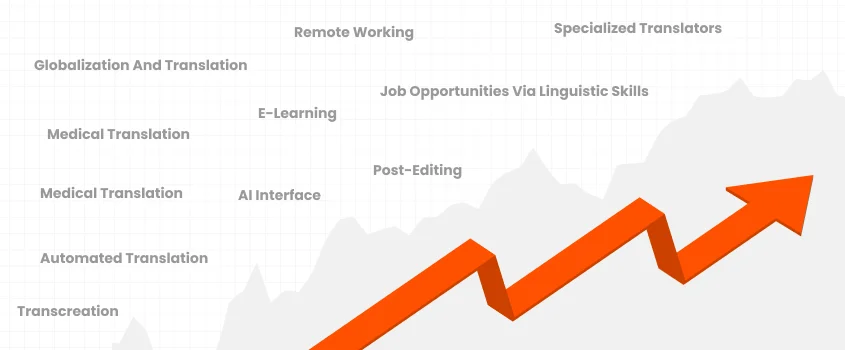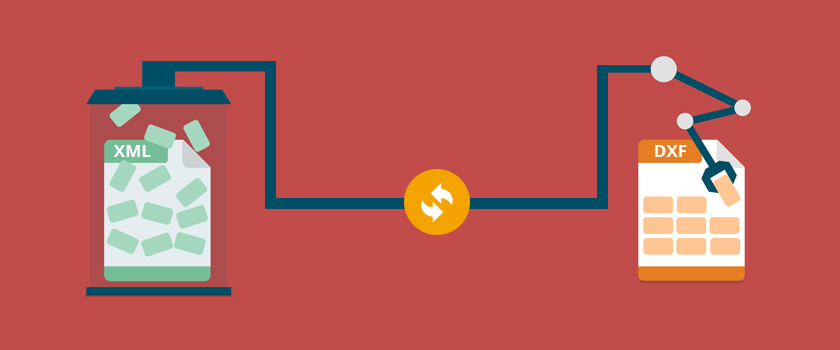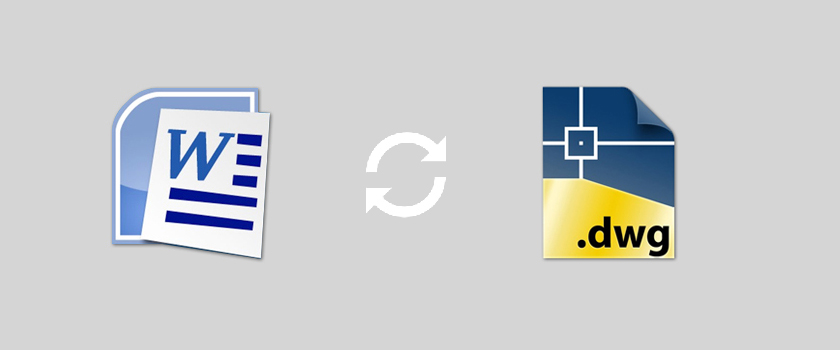Primary Translation Challenges in Desktop Publishing
By: Antonia Ava Posted on Mon, 29-06-2020

Effective visual communication and proper dissemination of information is necessary to generate desired outcomes from your content and that’s where you need desktop publishing services. Several business clients come to translation service providers with various ideas for a leaflet, brochure, or other glossy publications; they look forward to publishing all of that information from the source language to the target language while keeping the format intact.
The translation is only a single element in desktop publishing. The main ordeal is when the software doesn't support a particular language or is unable to translate the copy. In short, the planning goes awry and it can quickly become an irritating task.
Translation can cover more space than anticipated and it becomes challenging to maintain the original format. Desktop publishing is required to ensure the effectiveness of translated content by taking care composition and layout of the text.
Desktop publishing services
Usually, it's all about design and publishing software to create page layouts. Newspapers, magazines, books, leaflets, and brochures are a few common examples. If you want the publication to look professional then you need to add a desktop publishing software on the list as well.
It can be costly or reasonably packages such as Adobe InDesign or Canva, a cloud-based option. The use of type software can complicate translation and sometimes disturbs the original page handling.
Translation and Desktop Publishing Challenges
The translation is not without a challenge. Translators sometimes are not able to make a master translation copy for the software and have to face several issues. Using different languages is bound to change the space, text, and characters which change the standard layout.
Altering page size is not an option. Therefore desktop publishing is also taken care of by the translation service providers to maintain the workflow and end with quality translation. If your in-house software cannot handle the changes then the translators make sure to overcome the challenges.
But what are these challenges? Let’s read below the common challenges that a translator you may face during the translation;
Fonts
Font choice may not be suitable for the target language. Just because fonts can be supported in English doesn't mean the software will upgrade it. Sometimes the language you choose to translate into may have another writing system like Chinese. It means not every writing system is supported and sometimes a translator can use only a few phrases.
Each font is unique, so to consider you can find the same supported coding for European or Asian language is pretty slim. For instance, some software establishes coding and can support fonts in most languages that are similar.
In the meanwhile, you have to use a combination of lists to be able to use the various fonts for the list of languages you plan to use.
Text length
Does the text length matters in translation? Yes, it does. You cannot shrink or expand the space at will rather the change in sentence structure from one language to another I often challenging because they are unable to fit the text.
Documents have a standard structure that needs to be followed doesn’t matter whichever language you are using.
In visual documentation, it is slightly more challenging due to text length, font, size, and spacing and design choices. To adjust the text you can change the text size or type so that relevant information is put in the right space. Just remember one language can be more complex than the other. Some words may appear longer or shorter in a certain language.
Word count
How do you word count for the Chinese language? You cannot. It's a pictogram language, using strokes. Likewise, every language follows a root structure which means translation and text expansion will be different.
The scripts in use differ in size, several words or characters used to explain a sentence, and so on. Even the use of accents in fonts makes the job of translator much critical at this point. Some letters like I, e, n are more prominent in Spanish or French, it changes the accent of the word and thus the pronunciation as well.
The desktop publishing translator takes such matters into account and comes up with a possible solution.
Layout changes
An expected side effect that occurs during desktop publishing translation is that one layout may be perfect to use in English may not work for Italian or Korean. Sometimes, the entire design is no longer suitable once translation takes place.
This is a drastic change and hence a major drawback as it increases the workload. Moreover, some languages use the left column, to begin with, and some use right. For instance, if you write a sentence in English, you will start it from the left side of the page, while if you write something in Arabic, you will use the right side of the page.
Maintaining consistency is hard in such cases and brings a real challenge for the translator especially if it’s advertising content.
Text’s imagery
In desktop publishing graphics are part of the translation process. Some pictures or graphs may not be executed properly in the translation software due to which the original picture is recreated. Is it time taking? Of course, it is.
Depending on the purpose of the document, the quality and content of the image can be rephrased accordingly.
To maintain high-resolution images, the software must be able to upload it and use it in the desired size (the best fit for the layout), or if the content is printed without fixing the resolutions the quality of the image is easily compromised in colors and clarity. If you are working on a PDF file, it is trickier than other formats as the actual content is downsampled or compressed.
Background
Translation of content is one thing; localization is an entirely different matter. The translated content must adapt to the cultural changes so that the reader has clarity about the content. Localization has a larger effect on desktop publishing as it means more changes are required in color themes, the arrangement of the content, and display.
For instance, red color is highly prominent in Chinese culture while blue or yellow is more commonly used in American culture. The difference in cultures is reflected in the translated content and tone and accent being used in the leaflet or brochures clouds the judgment of the customer otherwise.
Bottom Line
If you want to make the translated content readable and comfortable competing with the original quality, take professional desktop publishing services. Here at Mars Translation, we have specialized personnel to provide you with the best possible results in a fast turnaround. Get in touch for more details!

Finland is a beautiful country in Northern Europe. It is famous for its woodlands that make it the most densely
Read more
If you are an avid internet user (which you most probably are, you must be aware of the popular myth
Read more
To get success in every aspect of life, communication is very important. Do you want to impress people with your
Read more
Africa is the second largest and second most populous continent. As recent statistics suggest, 1,486,275,887 is the current population of
Read more
dxf: DXF is a CAD data file format developed by Autodesk for CAD data exchange between AutoCAD and other software. docx:
Read more
Mars Translation can help you extract the texts in a DXF file and convert them into a XML file so
Read more
Mars Translation can help you extract the texts in a DWG file and convert them into a Word file so
Read more
No state on the western side of the globe can compare the strategic geographic location, diverse multilingual workforce, and attention
Read more
San Diego is California's second-largest city, and it has a population of 1.3 million from which three million residents are
Read more